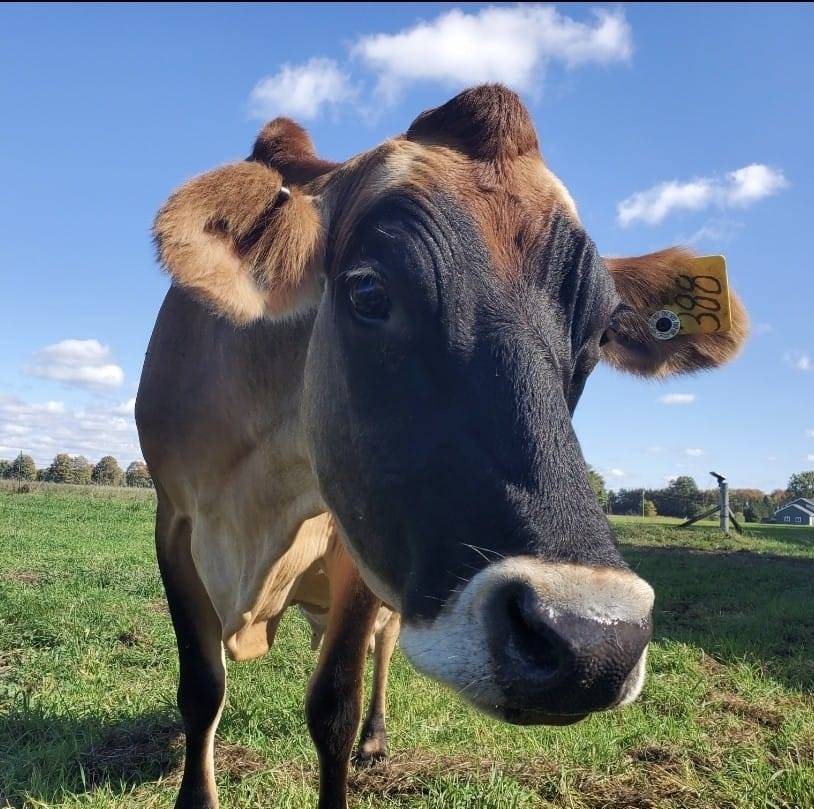The Mulefoot Pig: An Emblem of Heritage and Resilience
In the tapestry of American agriculture, the Mulefoot pig emerges as a figure of resilience, embodying the rich heritage of livestock farming and the critical importance of genetic diversity. De Vor Dairy Farm & Creamery, nestled in the heart of a movement dedicated to the conservation of heritage breeds, champions the cause of the Mulefoot pig—a breed that, despite its rarity, offers profound lessons on sustainability, biodiversity, and the enduring bonds between humans and the natural world.
A Deep Dive into the Rarity of Mulefoot Pigs
The Mulefoot pig’s journey from prominence to the brink of extinction paints a vivid picture of the challenges faced by heritage breeds in the modern agricultural landscape. Characterized by their distinctive solid hooves—a trait that sets them apart from other swine—the Mulefoot breed has seen its population dwindle due to industrial farming practices and the shift towards more commercially viable livestock.
The conservation of the Mulefoot pig is not merely an act of preserving a rare breed; it is a critical effort to maintain agricultural biodiversity, offering a genetic repository that could be crucial for future farming innovations and adaptations. The breed’s rarity underscores a broader narrative of loss and resilience, highlighting the need for comprehensive strategies to safeguard the genetic legacy of heritage livestock.
Exploring the Unique Characteristics of Mulefoot Pigs
The allure of the Mulefoot pig extends beyond its rarity, encompassing a range of desirable traits that make it a valuable asset to sustainable farming practices. Known for their docile nature, Mulefoot pigs are exemplary foragers, capable of thriving in diverse environmental conditions with minimal inputs. This adaptability not only makes them well-suited to pasture-based systems but also reduces the ecological footprint of farming operations, aligning with principles of environmental stewardship and animal welfare.
The meat of the Mulefoot pig is another of its celebrated attributes, renowned for its flavor and texture. The breed’s ability to produce high-quality pork, characterized by its marbling and taste, has garnered attention from culinary experts and consumers alike, creating a niche market that supports small-scale farmers and contributes to the economic viability of raising heritage breeds.
The Economic and Ecological Value of Mulefoot Pigs
In assessing the value of Mulefoot pigs, it is essential to consider both their economic impact and their contribution to ecological sustainability. Economically, Mulefoot pigs offer small-scale farmers the opportunity to tap into niche markets that value quality, heritage, and sustainable practices over mass-produced commodities. This economic dimension is critical in making the conservation of heritage breeds like the Mulefoot a viable endeavor.
Ecologically, Mulefoot pigs play a role in promoting sustainable agriculture through their natural behaviors and dietary needs. Their foraging habits help maintain healthy ecosystems, controlling underbrush and contributing to soil health, while their adaptability reduces the need for chemical interventions, fostering a more natural and resilient agricultural system.
Mulefoot Pigs at the Forefront of Sustainable Agriculture
The integration of Mulefoot pigs into sustainable farming models exemplifies a holistic approach to agriculture that values diversity, resilience, and harmony with nature. These practices, emphasizing rotational grazing, organic feed, and humane animal husbandry, not only enhance the welfare of the pigs but also support ecological balance and community well-being.
Sustainable agriculture, with heritage breeds like the Mulefoot at its core, offers a counterpoint to industrial farming methods, advocating for a system that is both productive and regenerative. By prioritizing the health of the land, the animals, and the community, farmers engaged in this practice contribute to a more sustainable and equitable food system.
Championing the Cause: Advocacy and Education
The preservation of the Mulefoot pig and other heritage breeds requires concerted efforts in advocacy, education, and community engagement. Raising awareness about the importance of genetic diversity, the benefits of sustainable farming, and the cultural significance of heritage breeds is crucial in building support for conservation initiatives.
De Vor Dairy Farm & Creamery, through its commitment to the Mulefoot pig, plays a pivotal role in these efforts, serving as a model for how farms can contribute to the conservation of heritage breeds while fostering a sustainable and connected food system. By sharing their knowledge and passion, they inspire others to join in the movement, expanding the community of advocates and practitioners dedicated to a more resilient and diverse agricultural future.
Looking Forward: The Mulefoot Pig and Beyond
The story of the Mulefoot pig is a call to action—a reminder of the interdependence of humans, animals, and the environment. As we face the challenges of the 21st century, the principles of biodiversity, sustainability, and heritage preservation represented by the Mulefoot pig offer pathways to a more resilient and vibrant agricultural landscape.
By supporting the efforts of farms like De Vor Dairy Farm & Creamery, consumers and communities can contribute to the preservation of the Mulefoot pig and the broader goals of sustainable agriculture. Together, we can ensure that the legacy of the Mulefoot pig, and the invaluable contributions of all heritage breeds to our world, continue to thrive, enriching our lives and the planet for generations to come.
